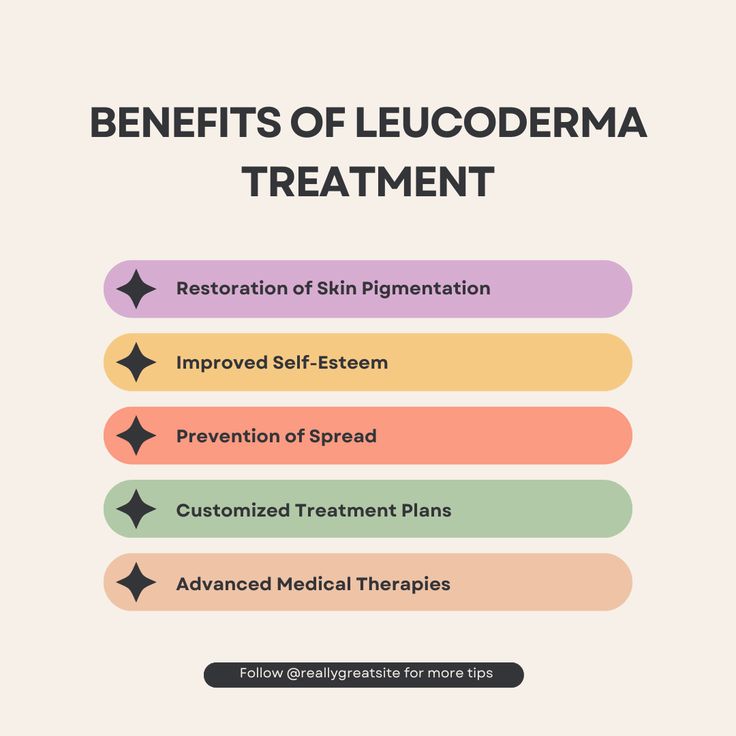Pigmentation issues, such as dark spots, melasma, and hyperpigmentation, are common skin concerns that can affect people of all skin types. These conditions often result from sun exposure, hormonal changes, aging, or inflammation. Thankfully, a variety of pigmentation treatments are available today to help reduce or eliminate discoloration, revealing clearer, more even-toned skin. In this article, we’ll explore the causes of pigmentation, the types of treatments available, and tips for choosing the best option for your skin.
What Causes Pigmentation?
Pigmentation occurs when an excess of melanin, the pigment responsible for skin color, is produced in certain areas of the skin. Some of the common causes include:
Sun Exposure: UV radiation triggers melanin production as a defense mechanism. Prolonged sun exposure can result in sunspots, freckles, and uneven pigmentation.
Hormonal Changes: Hormonal imbalances, such as during pregnancy (melasma), or conditions like polycystic ovary syndrome (PCOS), can cause pigmentation changes.
Post-Inflammatory Hyperpigmentation (PIH): Inflammation or injury to the skin, including acne, cuts, or burns, can lead to darkened patches as the skin heals.
Aging: As we age, pigment-producing cells called melanocytes can become unevenly distributed, leading to age spots or liver spots.
Genetics: Some individuals may be genetically predisposed to pigmentation issues, making them more susceptible to developing dark spots and uneven skin tone.
Types of Pigmentation Treatments
Topical Creams and Serums:
Hydroquinone: A popular skin-lightening agent that reduces melanin production and fades dark spots. It’s often prescribed for treating hyperpigmentation but should be used under medical supervision due to potential side effects.
Retinoids: Vitamin A derivatives like retinol promote cell turnover, helping to fade dark spots over time. They also have anti-aging benefits.
Vitamin C: A powerful antioxidant that brightens the skin and reduces pigmentation by inhibiting melanin production. It's suitable for daily use and works well with other treatments.
Niacinamide: A form of Vitamin B3, it reduces pigmentation by inhibiting the transfer of melanin to the skin surface. It's gentle and safe for most skin types.
Chemical Peels:
Chemical peels use acids, such as glycolic, salicylic, or lactic acid, to exfoliate the outer layer of skin, revealing fresh, evenly toned skin beneath. Peels can be customized in strength depending on the severity of the pigmentation.
Medium to deep peels penetrate deeper layers of the skin and are more effective for severe pigmentation but require a longer recovery period.
Laser Treatments:
Intense Pulsed Light (IPL): This treatment targets pigmented areas using light energy, breaking up melanin clusters and stimulating new skin cell growth. It’s effective for sunspots, age spots, and uneven skin tone.
Fractional Lasers: These lasers create tiny micro-injuries in the skin to stimulate collagen production and skin renewal. They are particularly effective for treating melasma and deeper pigmentation.
Microneedling:
Microneedling involves using tiny needles to create controlled injuries in the skin. This triggers the body's natural healing process, encouraging collagen production and reducing pigmentation over time.
When combined with serums or PRP (platelet-rich plasma), it can enhance the treatment's effectiveness.
Cryotherapy:
This treatment involves freezing pigmented spots with liquid nitrogen. The cold temperature destroys the excess pigment in the skin, leading to fading over time.
Microdermabrasion:
Microdermabrasion is a non-invasive treatment that exfoliates the top layer of the skin using a fine crystal spray. This process helps to even out skin tone and fade superficial pigmentation.
Choosing the Right Pigmentation Treatment
Consult a Dermatologist: Before starting any treatment, consult a dermatologist to diagnose the type of pigmentation you have. Different treatments work better for different types of pigmentation, and a professional will guide you toward the most effective solution.
Skin Type Consideration: Certain treatments may not be suitable for all skin types. For example, people with darker skin tones need to be cautious with laser treatments and strong chemical peels, as they may cause further pigmentation issues if not performed correctly.
Patience and Consistency: Pigmentation treatments take time to show visible results. It’s important to follow your treatment plan consistently and avoid overusing products, which can irritate the skin.
Sun Protection: Regardless of the treatment, sun protection is essential. Sun exposure can exacerbate pigmentation, so wearing broad-spectrum sunscreen with at least SPF 30 is a must for preventing new spots and protecting your skin during treatment.












